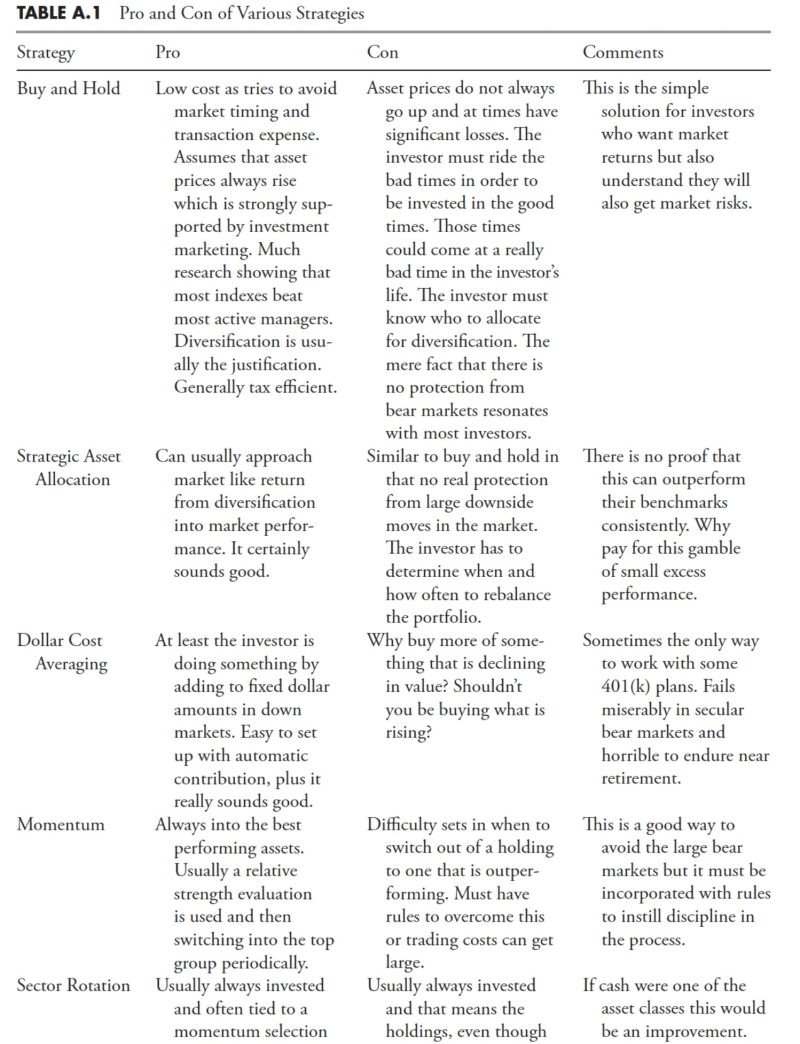Investing with the Trend: An Overview
Understanding market trends is crucial for successful investing. Trends are essentially the general direction in which a market or an asset is moving. Recognizing trends can help investors spot opportunities to enter or exit positions at favorable times. By aligning investment decisions with the prevailing trend, investors can increase their chances of making profitable trades.
In the world of investing, there are three main types of trends: uptrend, downtrend, and sideways trend. An uptrend is characterized by higher highs and higher lows, indicating a bullish market sentiment. Investors aiming to capitalize on an uptrend may look for buying opportunities when the price is on an upward trajectory.
Conversely, a downtrend is marked by lower highs and lower lows, signaling a bearish market sentiment. Investors may consider short-selling or avoiding long positions in a downtrend to protect their capital from potential losses. It’s crucial to exercise caution when trading against the prevailing downtrend, as attempting to pick a bottom can be risky.
In contrast to uptrends and downtrends, a sideways trend, also known as a ranging market, occurs when prices move within a relatively narrow range. This type of trend is often seen during periods of consolidation or indecision in the market. While sideways trends may pose challenges for traders seeking clear directional movements, they can present opportunities for range-bound strategies.
When it comes to implementing trend-following strategies, it’s essential to use technical analysis tools to confirm trend signals. Popular indicators such as moving averages, trendlines, and the Relative Strength Index (RSI) can help investors identify trends and make informed decisions based on market momentum.
Additionally, fundamental analysis plays a crucial role in understanding the underlying factors driving market trends. By staying informed about economic indicators, corporate earnings releases, and geopolitical events, investors can gain insights into the forces shaping market movements and adjust their strategies accordingly.
Successful trend following requires discipline, patience, and a thorough understanding of market dynamics. It’s important for investors to develop a robust trading plan, set clear risk management rules, and stick to their strategy even in the face of market fluctuations. By following the trend and adapting to changing market conditions, investors can enhance their chances of achieving long-term success in the financial markets.
